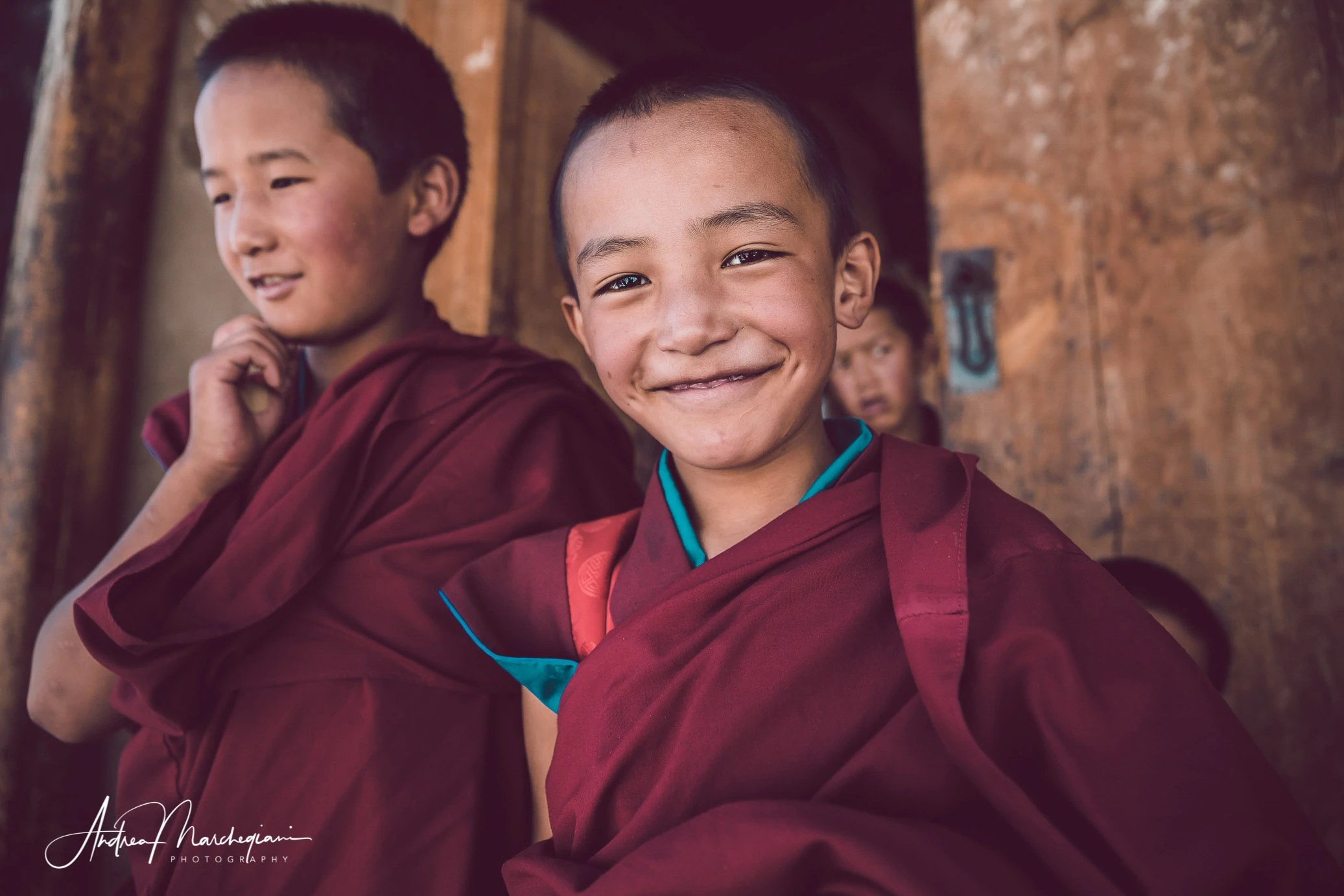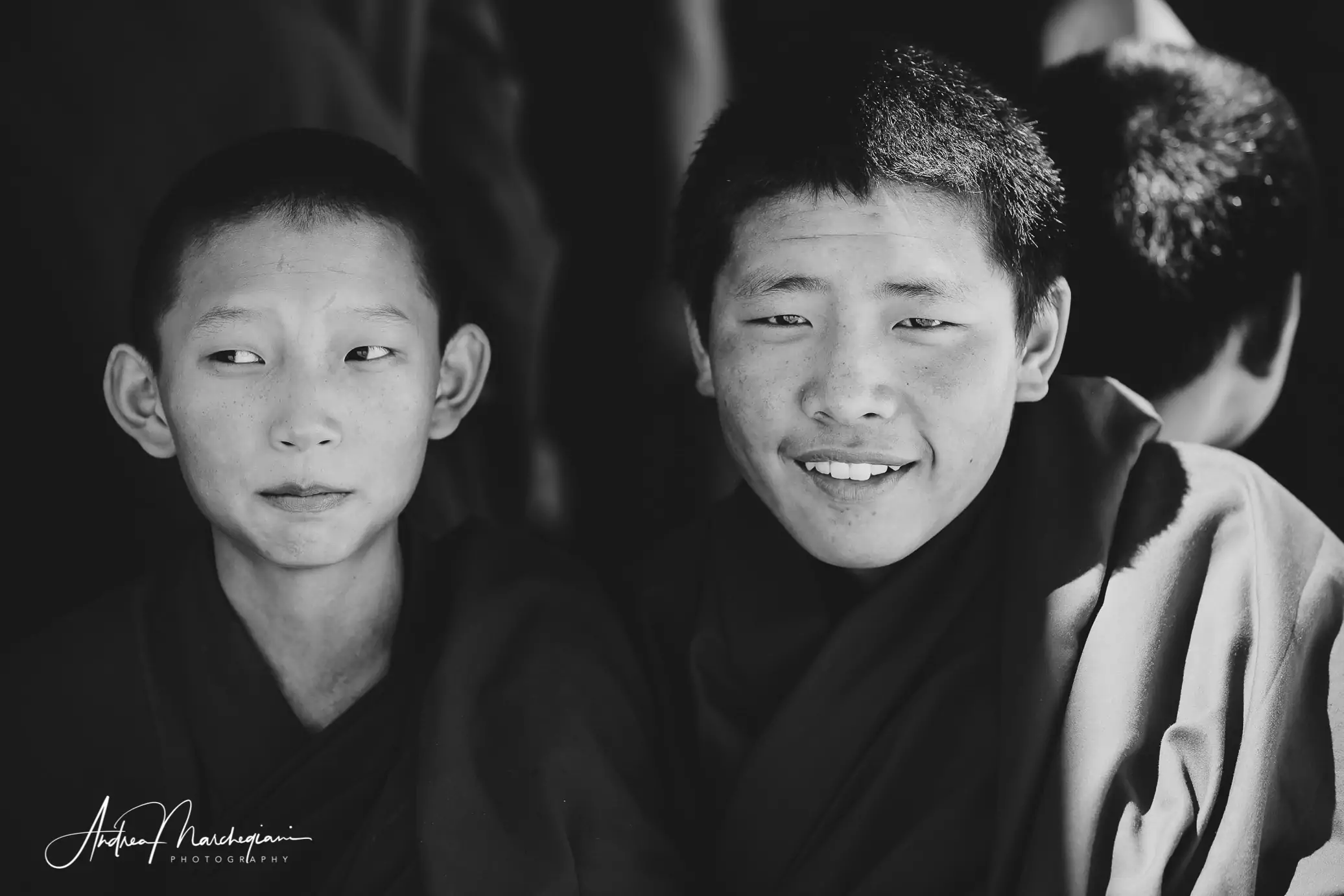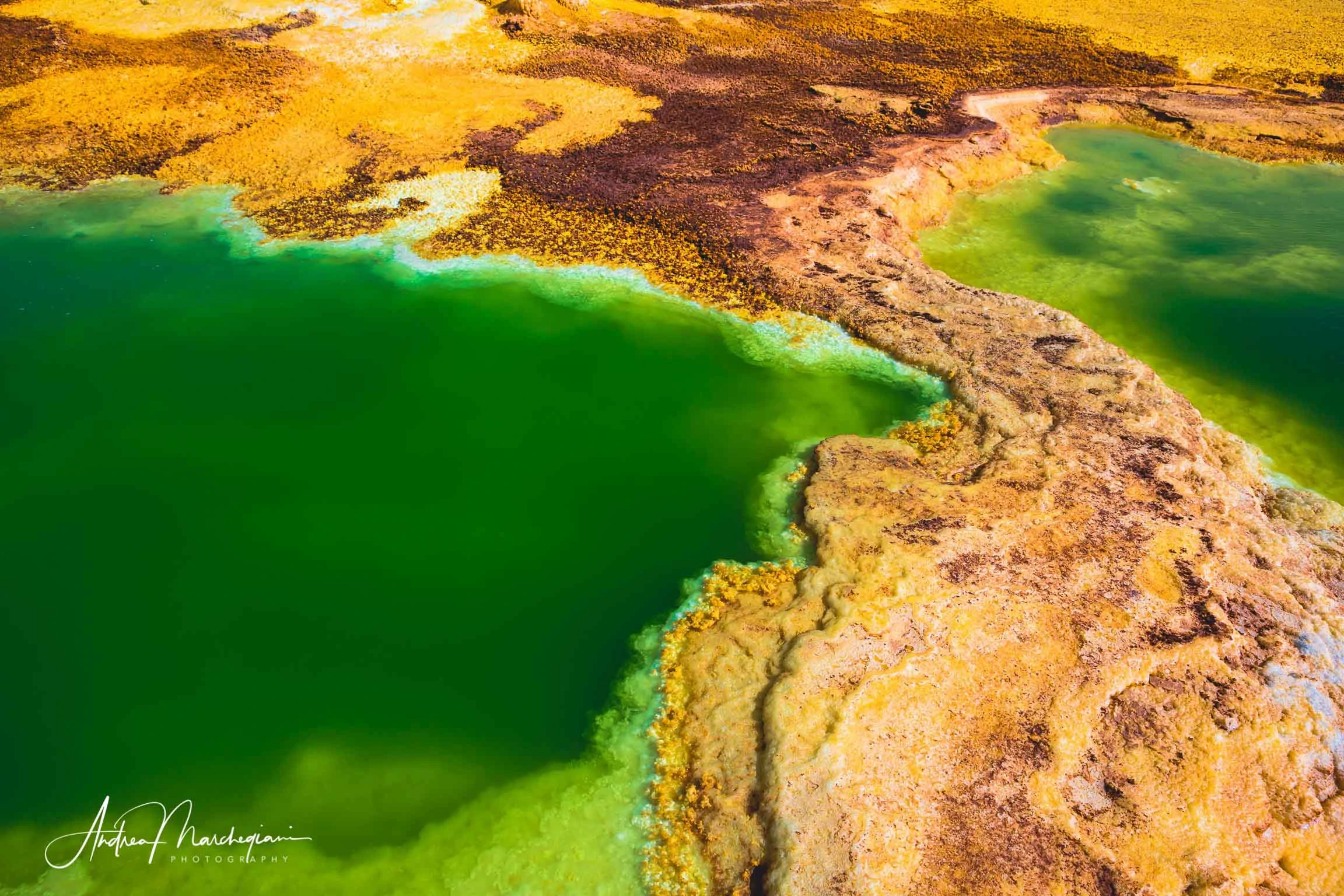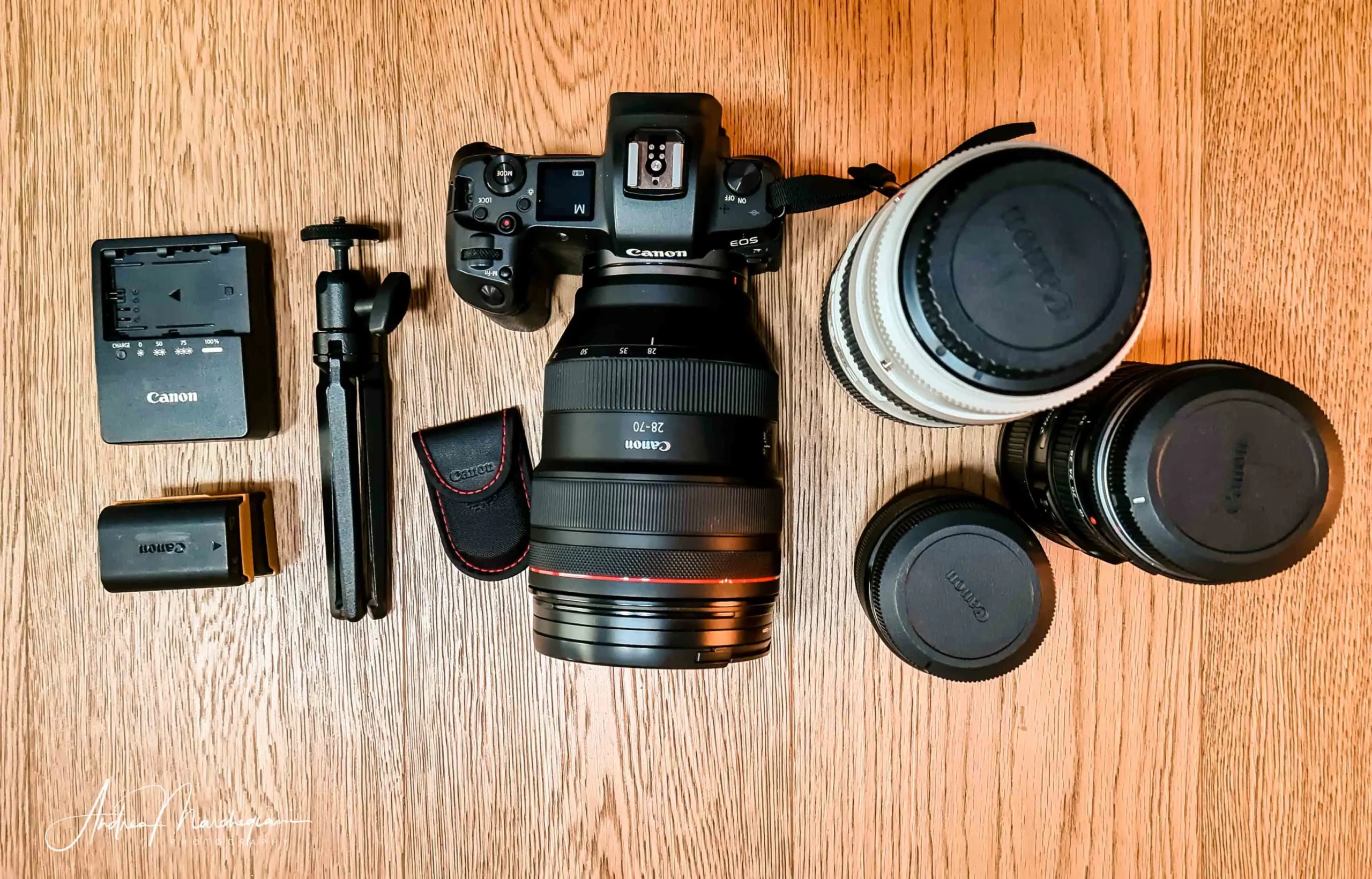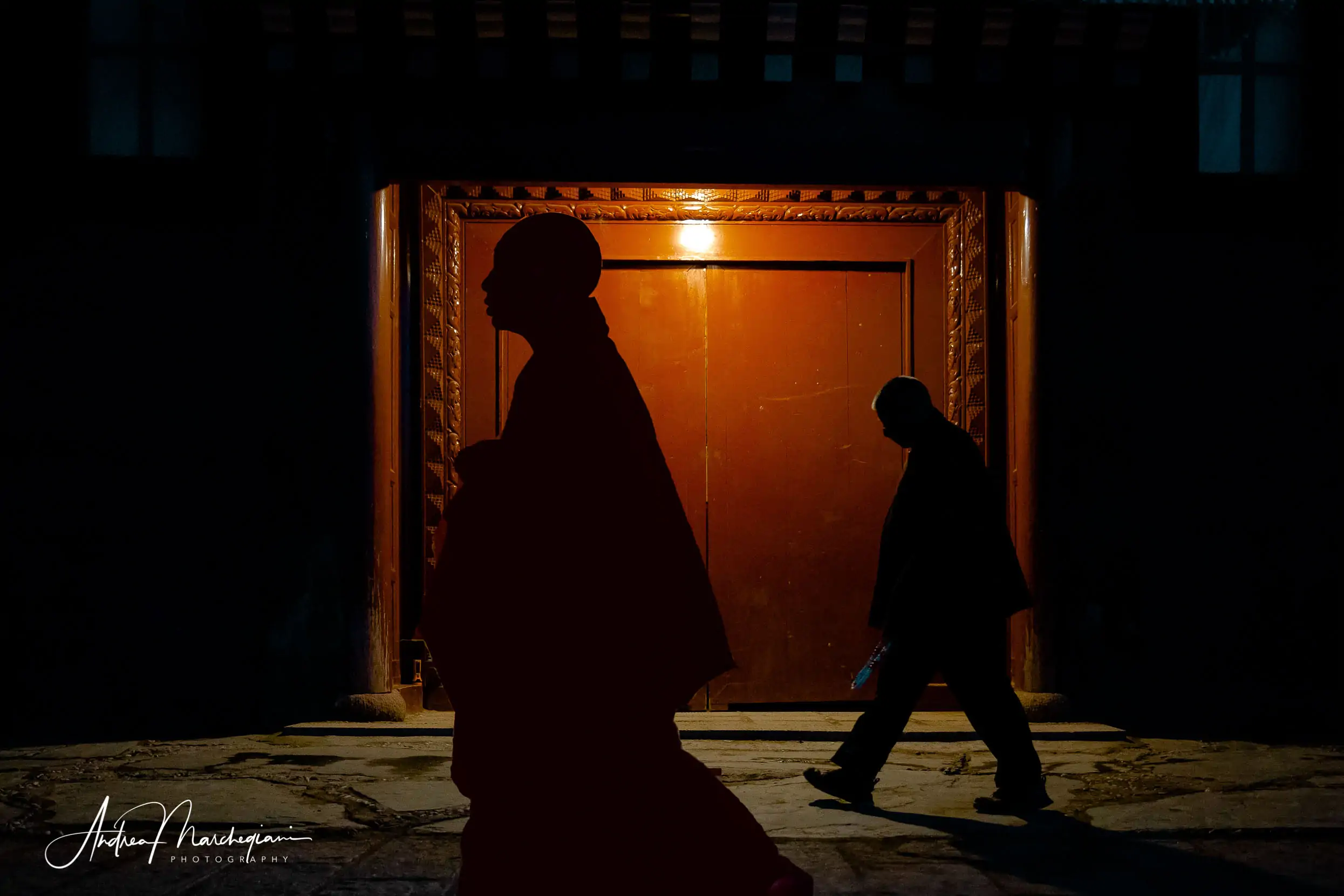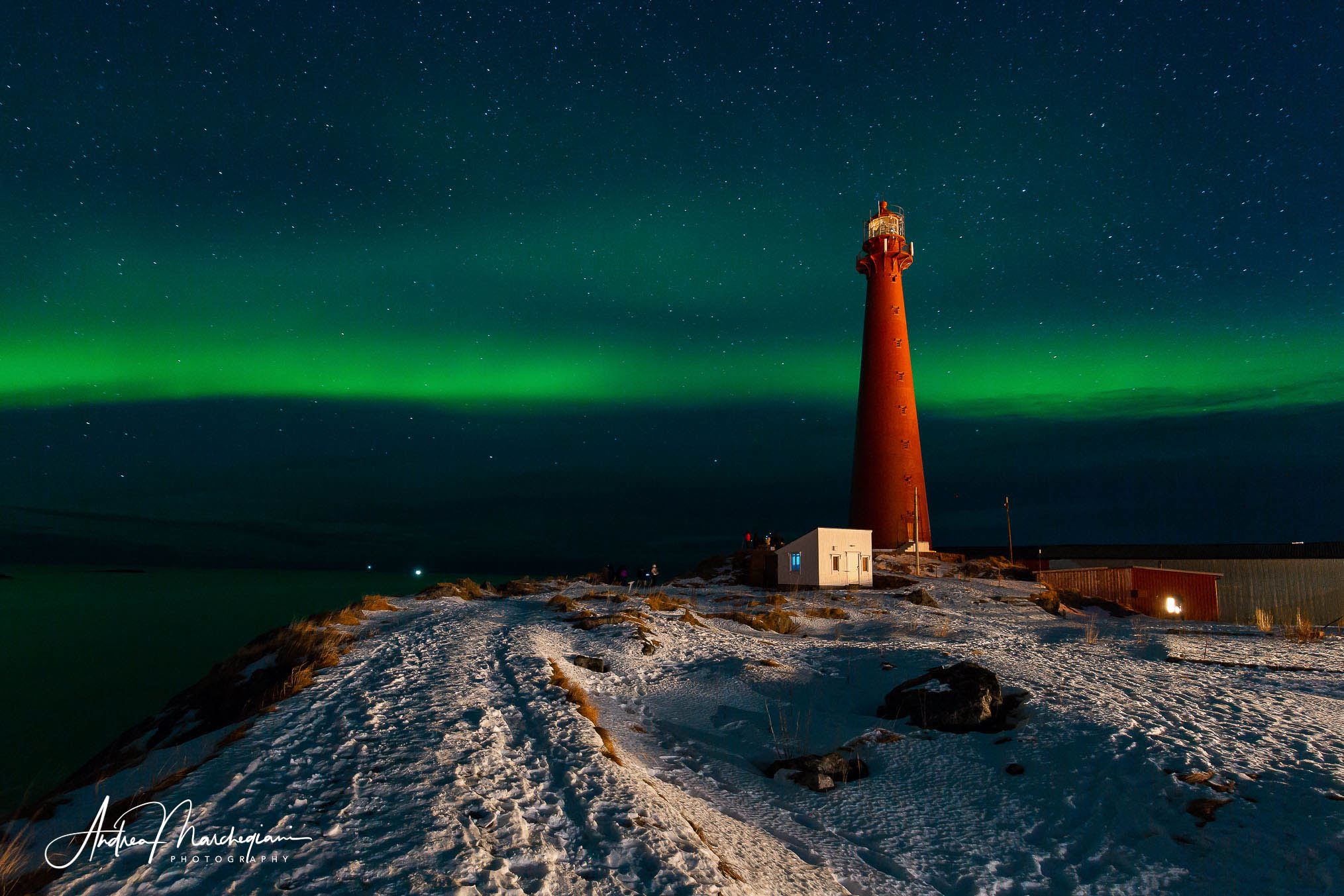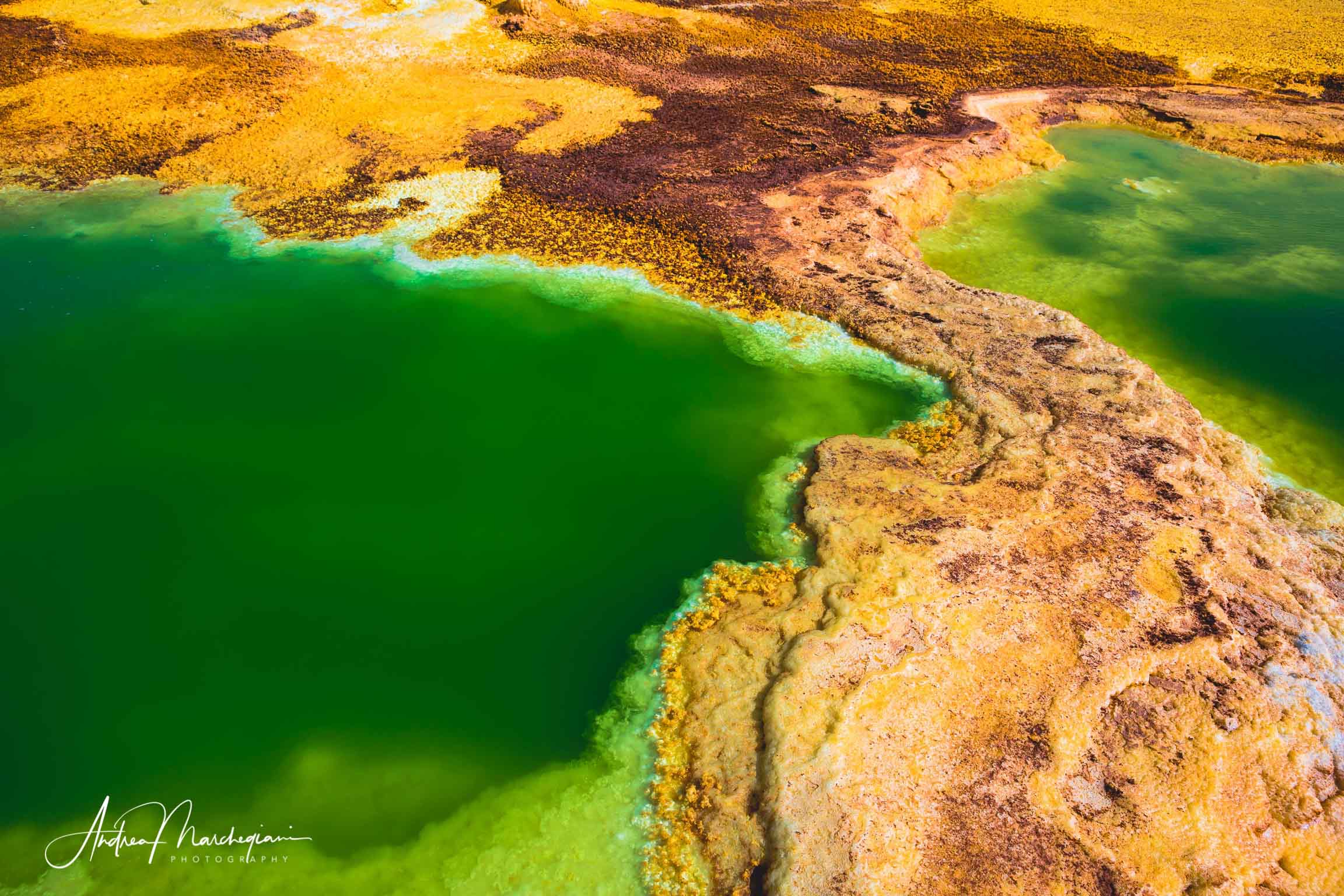
- Home
- Photo Galleries
- Portrait Photography
- Landscape Photography
- Street Photography
- China
- Ethiopia
- India
- Holy Ganges
- Varanasi
- Varanasi Ganga Aarti
- Varanasi, Manikarnika Ghat
- Varanasi Streets & Alleys
- Varanasi Demolition
- Varanasi Fruit Market
- Sarnath
- Brick Kilns
- Tamil Nadu, Chennai & Mamallapuram
- Tamil Nadu, Fort Tirumayam & Madurai
- Tamil Nadu, Tiruvannamalai & Thanjavur
- Kerala, Munnar
- Kerala, Peryiar
- Kerala, Backwaters
- Kerala, Kochi
- Kazakhstan
- Myanmar
- Senegal
- Uzbekistan
- Travel Blog
- China
- Ethiopia
- India
- Tamil Nadu & Kerala
- Varanasi
- Whato to do in Varanasi
- Varanasi Life along the Ghats
- Varanasi Death along the Ghats
- Varanasi Ganga Aarti Ceremony
- Varanasi demolished to honor Shiva
- Varanasi Fruit Market
- “Varanasi, A Journey into the Infinite”
- Sarnath
- All about River Ganges
- Holy Shit. All about Indian Cow Dung
- Clean India Project
- Brick factories
- Tilaka, pundra, bindi: what is the mark on Indian foreheads?
- Kazakhstan
- Mongolia
- Ulaanbaatar, the coldest capital in the world
- What to do in Ulaanbaatar
- Chinggis Khan Museum, 6 floors of Mongolian history
- Gorkhi-Terelj National Park and Bodgkhan Natural Reserve
- Altai Mountains, Things to do in Olgii and Sagsai
- Living with the Eagle Hunters
- Sagsai Eagle Festival
- Navrus Festival
- Xöömej, Mongolian throat singing
- Mongolian Food
- Myanmar
- Senegal
- Uzbekistan
- Latest Posts
- Photography Blog
- About
- Prints
What is Street Photography? Here are all the rules to know and some useful tips to master this exhilarating genre of photography.
© Article and Photos by Andrea Marchegiani. Unauthorized reproduction prohibited. Granted for publication to NAMIAS EDITORE, June 2021.
Share with your friends:
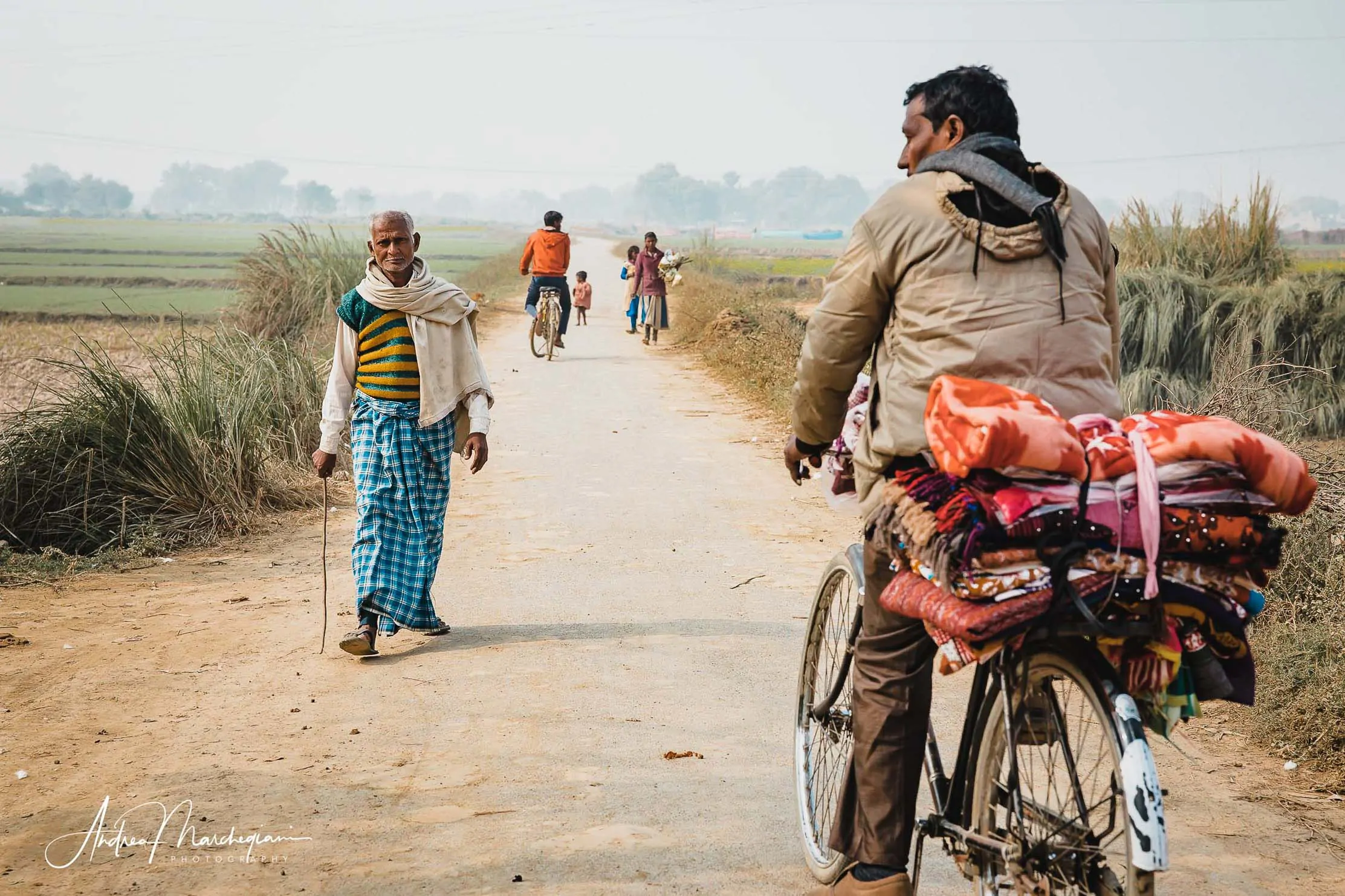
Those who love travel photography know how frustrating it can be to have excessively high reference models. Everyone knows Steve McCurry, and it’s impossible to embark on a journey to Asia without dreaming of replicating the extraordinary images of this great artist. However, disappointment is just around the corner, and one often finds oneself frustrated due to the poor quality of their own shots.
Travel photography is not a separate genre in itself; it encompasses Landscape Photography and Portraiture, Still Life, and Street Photography.
Unfortunately, the latter field might give you the least satisfying results. Although it is not a technically difficult genre to handle, Street Photography requires being in the right place at the right time, which often means long waits or a stroke of luck.
Unless you are embarking on a trip solely dedicated to photography, your itinerary will constantly have you moving, which is a significant limit to your opportunities. Before capturing that famous photo of a child running through the colorful alleyways of Jodhpur, Steve McCurry carefully selected the location and waited for hours for something meaningful to happen.
Despite this bitter premise, there is no reason to be discouraged. It is indeed possible to travel and enjoy holidays with friends while still taking satisfying photos.
For several years, I have been traveling to the most remote places in the world, driven by an insatiable desire to explore and learn about cultures different from my own. I capture photographs that spark interest and write about my experiences in a travel and adventure blog. My experience as a documentary wedding photographer has allowed me to seize every opportunity but also to recognize when it doesn’t make sense to push it, gently guiding me towards creating a personalized photo album of in-between, sincere moments. Here’s how to distinguish between the two and act with knowledge and understanding.
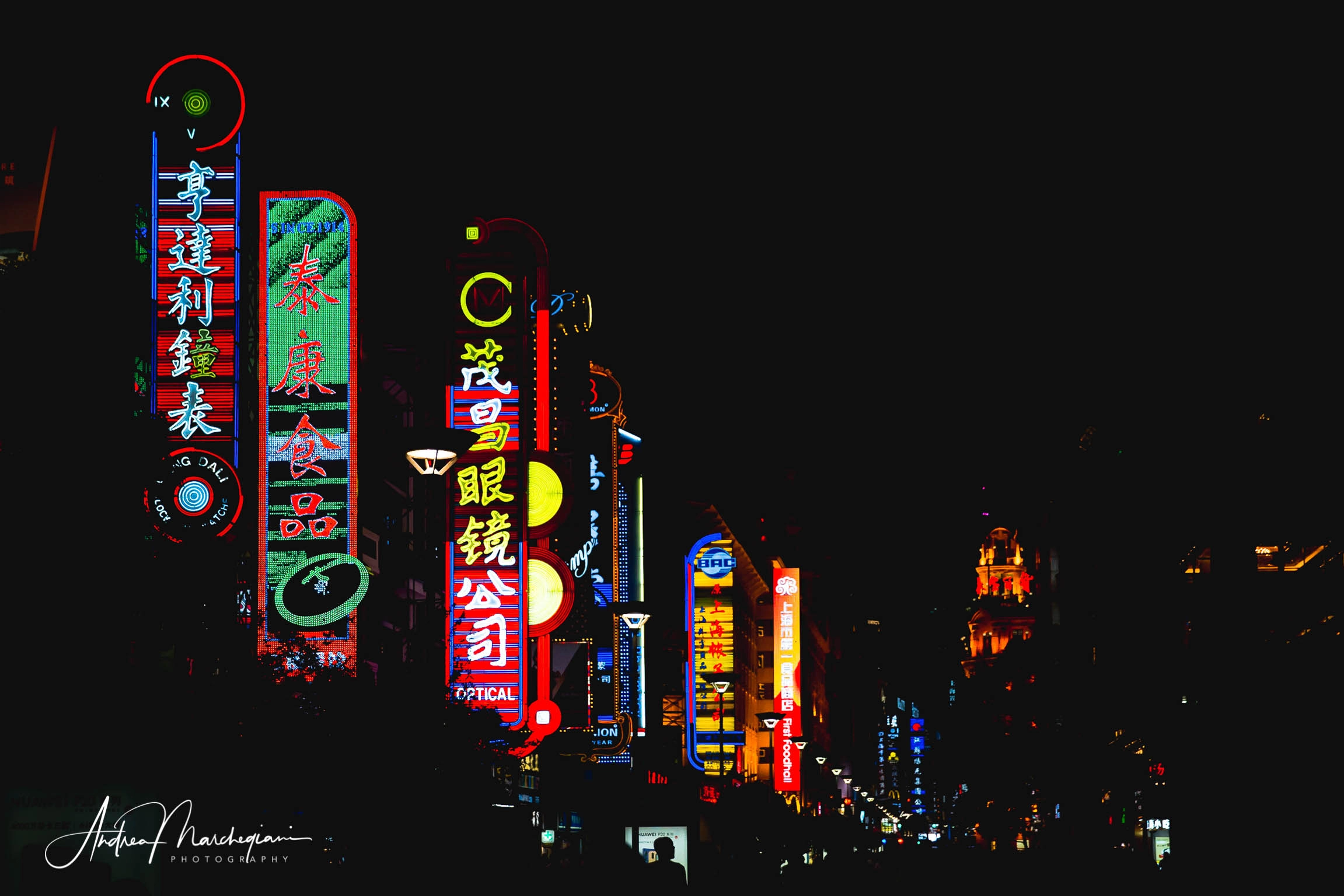
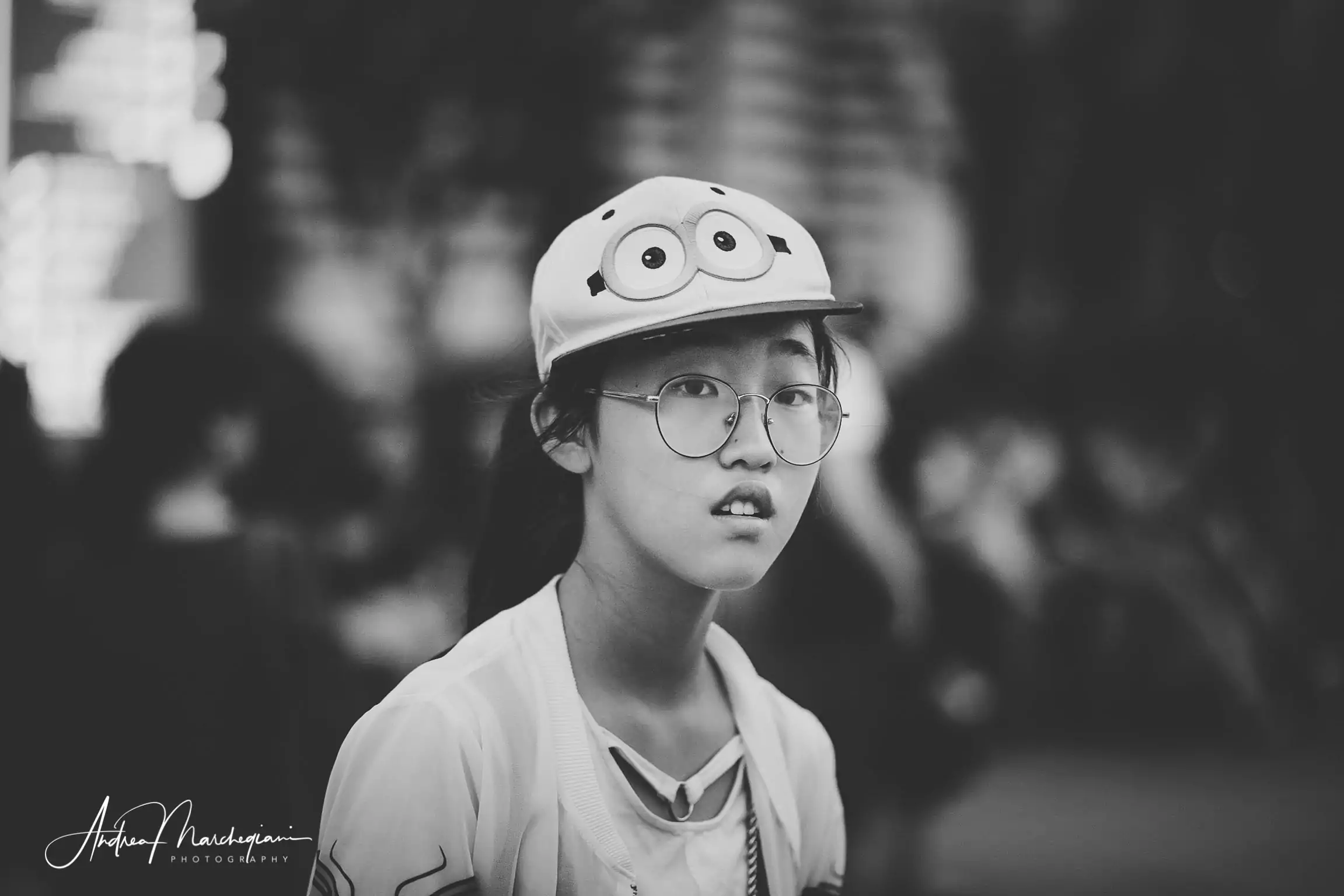
What is Street Photography?
What do a cityscape, a decentered perspective of a busy street, a trendy nightclub sign, and a crowded restaurant window have in common? They are all examples of Street Photography because they explore the spaces of small and large urban centers.
But even an environmental portrait of a chestnut vendor, a dog on a leash wearing a fashionable coat, or the reflection of the moon in a puddle are all Street Photography shots because the life of a city is not just about infrastructure and chaos, but also about the habits and dreams of the people who inhabit it.
Street Photography is a genre of photography that captures everyday life in public places through candid (spontaneous, unposed) photographs. Although the photographer roaming the streets may have a specific theme in mind, they won’t intervene to alter the natural course of events.
To grasp the vastness of possible approaches, one only needs to observe the images of the great masters of photography, from Daguerre (who showed little attention to individual people) to Paul Martin (who first captured them using a hidden camera), to Vivian Maier, with her intimate and melancholic snapshots, and Martin Parr, with his biting social satire.
Their work is more relevant to us today than ever before, not only because it portrayed and continues to portray moments of our everyday lives, but also because we live in an era where, thanks to the proliferation of smartphones, we are all a bit street photographers, and studying is the first step to consciously capture moments.
Street Photography outside the major Western cities.
In my travels, I rarely stop in the major metropolises of the world. I am more interested in what happens in small urban centers in Africa and Asia, where public spaces look very different than subway stations or shopping centers.
The photos I have selected are, therefore, a challenge to rethink street photography in alternative terms because the “street” doesn’t necessarily have to be an urban environment. The street can be any public place where human activity is visible and social interactions take place. In Babile, Ethiopia, a dirt road cutting through the desert serves as the main connection between neighboring villages, hosting an important camel market. And what about Varanasi and the ghats along the Ganges? The richness of life flowing there is nothing short of astonishing.
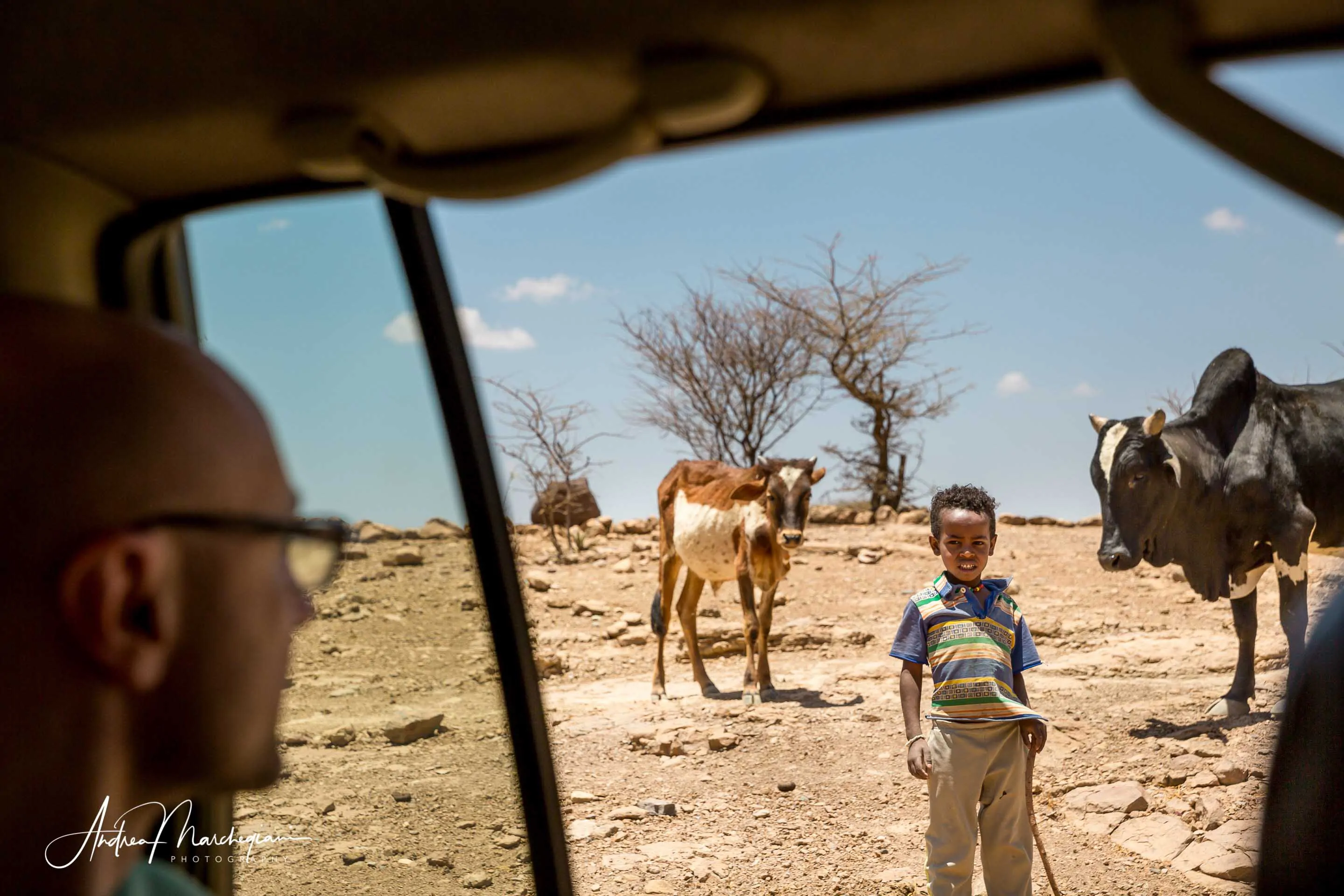
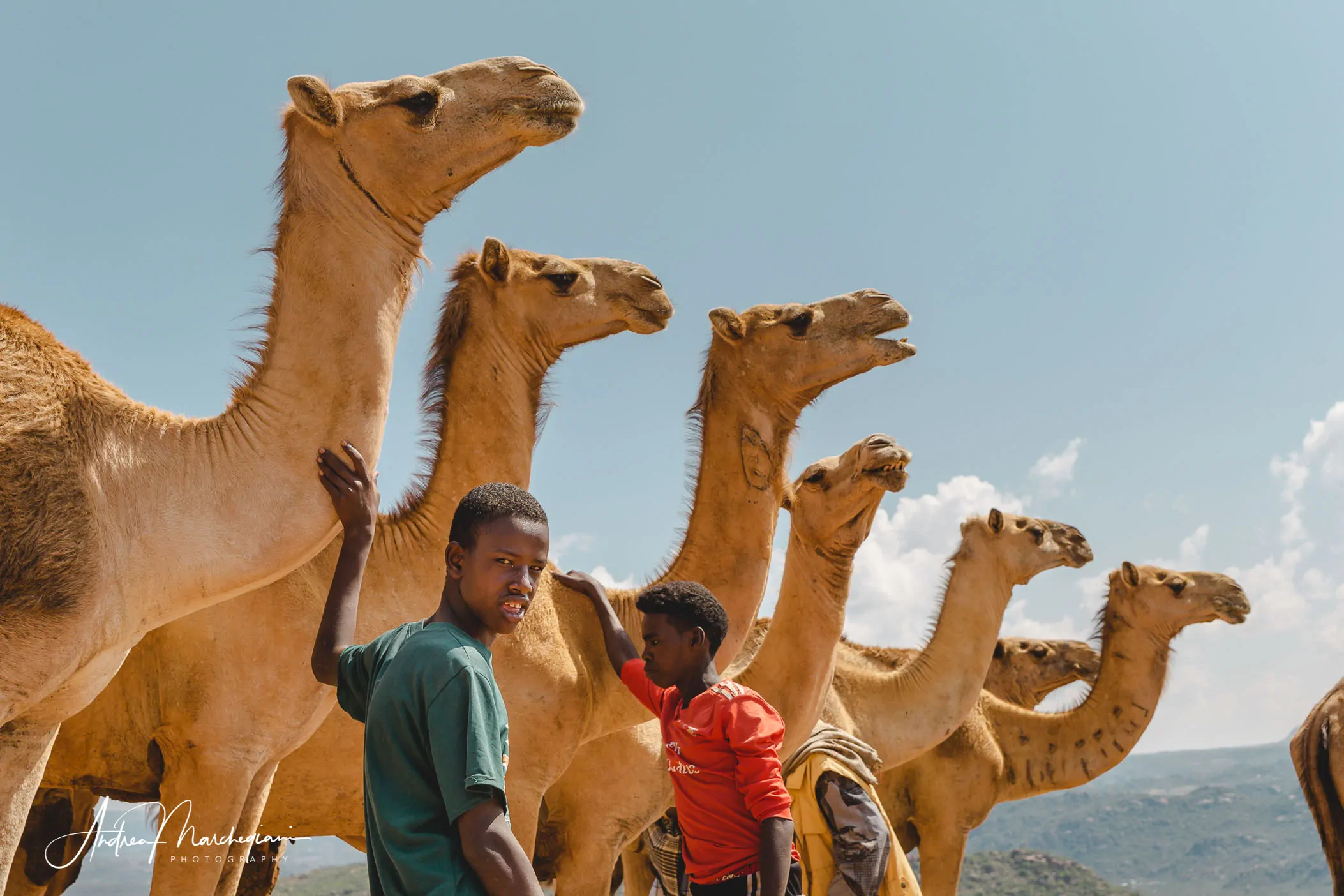
Expensive equipment is not necessary
Street Photography is one of the most democratic genres. The most renowned street photographers often shoot with lightweight equipment, such as a camera body and a fixed wide-angle lens ( 24mm and 35mm lenses are highly appreciated). It is not necessary to have perfectly focused and noise-free images, as long as you capture a significant moment of everyday life. Flash is unnecessary, or even detrimental if you want to go unnoticed. Ambient light is crucial: during the blazing sunny hours, take advantage of the shadows cast by buildings and arcades; at night, creatively use streetlights, illuminated signs, and shop windows.
For those who don’t have a camera, they can always use their smartphone camera: the latest technological advancements allow for surprising results, and specific photography contests have even been created for smartphone photography.
Step out of your house and explore the alleys of your neighborhood: something interesting is bound to happen – try it to believe it!
The gaze and timing
Great technical skills are not necessary to venture into Street Photography; instead, the artistic component will be crucial. Develop a keen and perceptive eye that can interpret situations as they unfold. Only then can you capture that “decisive moment” theorized by Henri Cartier-Bresson. Being able to interpret it through a simple yet dynamic spatial composition will guarantee impactful images.
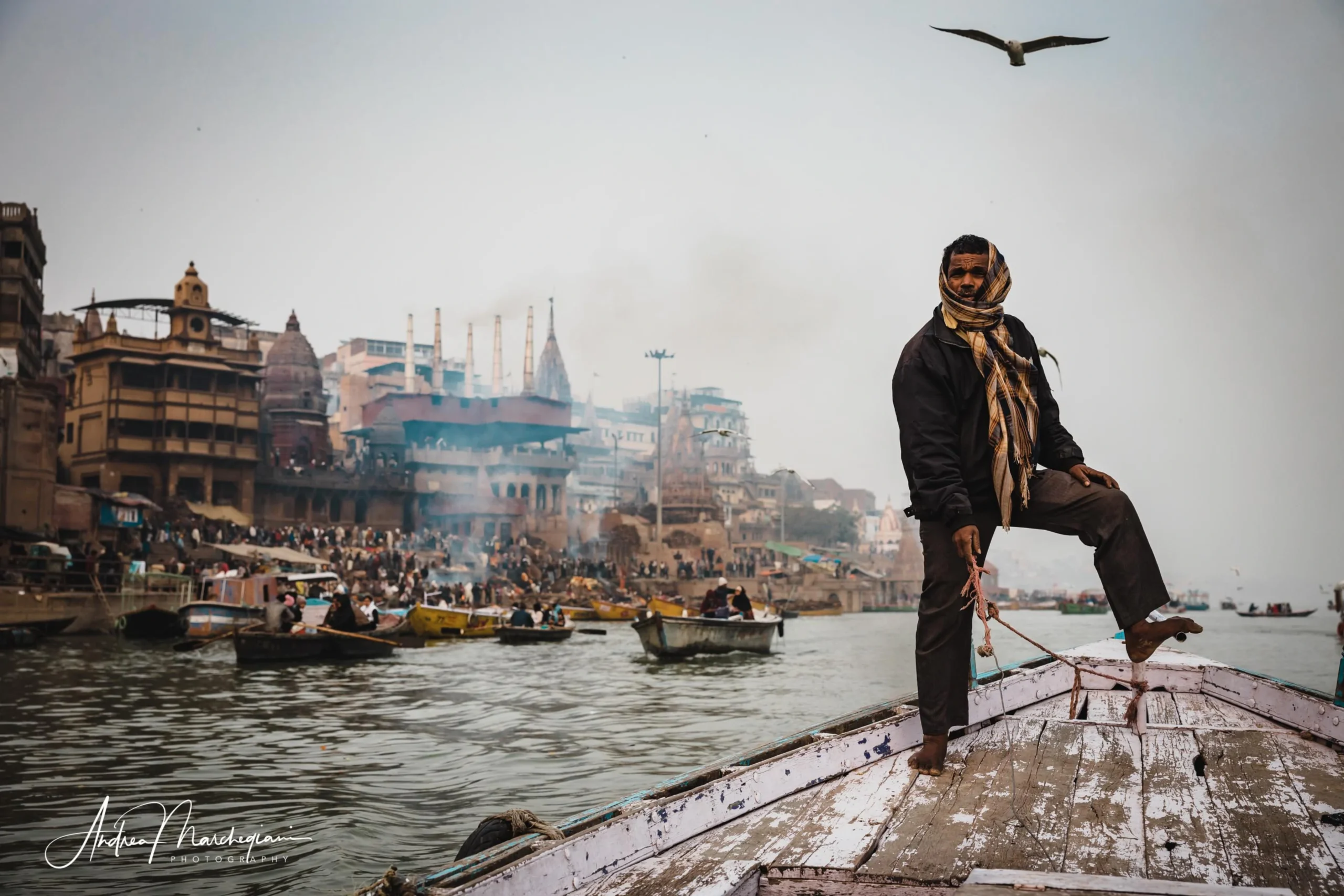
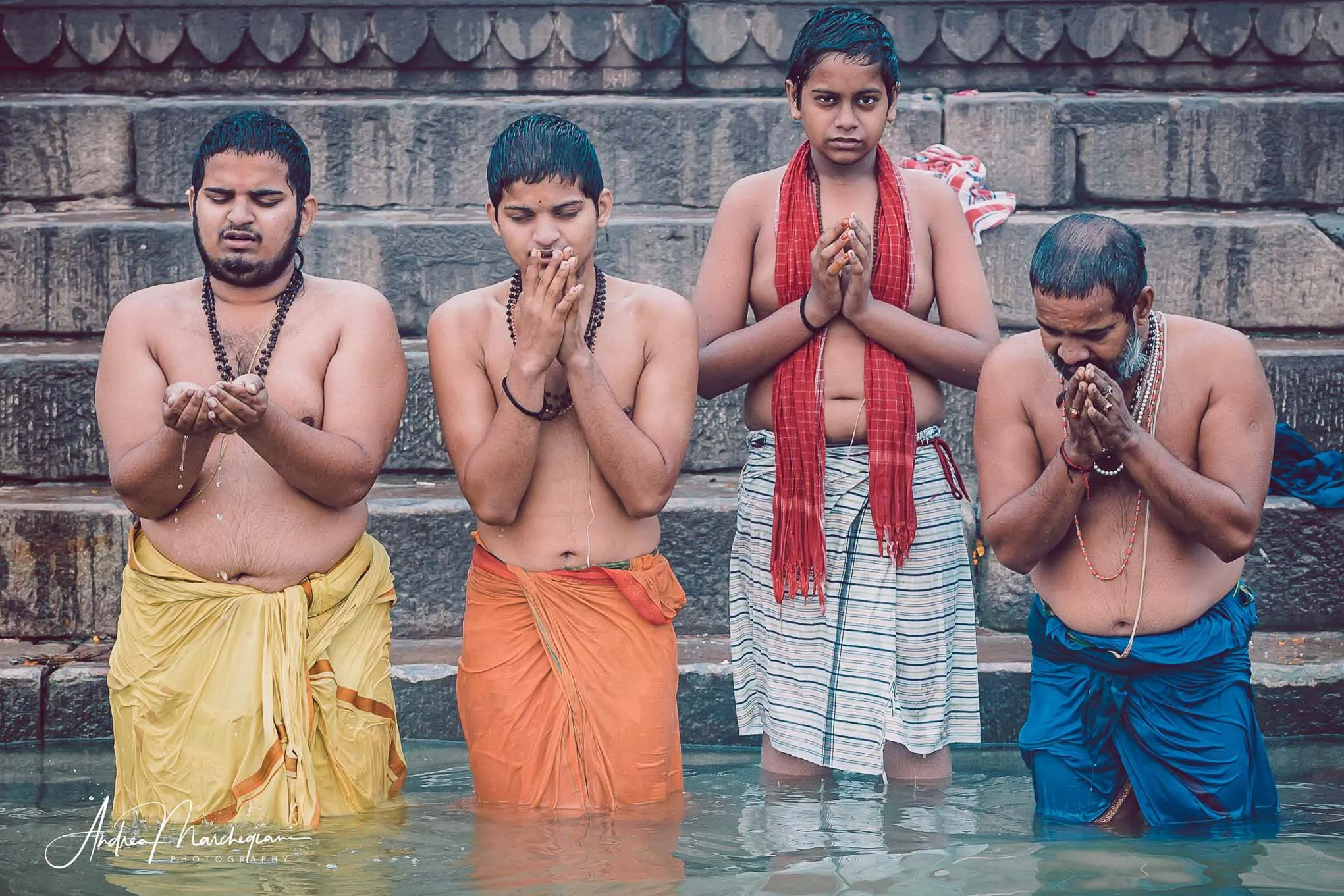
Composition, a fundamental aspect
Composition is one of the fundamental aspects of every photo and also the most challenging to learn and manage. It requires a lot of studying to refine your eye, so buy books, visit photography exhibitions, try to understand what makes a captivating shot unique. Don’t just look at a photo; explore it like a spiderweb and discover the points of greatest interest. Then, go out with your equipment and seek interesting things in the world to practice with.
Reproducing the three-dimensional reality on a two-dimensional surface always involves a loss of fidelity, so at the beginning, you might feel disappointed with the results. Gradually, you will learn to frame only the truly compelling parts of the reality before you (the so-called “frame within a frame”) and accept a harsh truth: when you photograph, you must select your subject and discard everything else!
This reflection applies to every genre of photography, but in Street Photography, an additional difficulty arises: you never know what you will encounter around the corner, so you must interpret reality quickly and immediately reconsider it in terms of framing, focus, exposure, and, above all, composition.
Here are some things to know and deeply assimilate in order to succeed in this challenging endeavor:
1. Don’t move while taking the photo: it’s pointless to try to get too close because you would miss the moment, so compose from where you are. If your camera has a zoom lens, consider carefully whether to use it or not to avoid wasting precious seconds.
2. Evaluate the shooting height: sometimes it’s advisable to lower yourself a bit to avoid distorting the leading lines of buildings in the background, while other times it’s absolutely necessary, especially if the subject is a cute dog walking at ground level.
3. Position the subject within the frame: do you prefer to keep it in the center or move it to the left/right following the rule of thirds? If you are familiar with the golden ratio, you might also consider that possibility. If the subject is in motion, take a burst of photos because it will be extremely difficult to have it in the desired portion of the frame, and multiple attempts will be necessary.
4. Pay attention to what is happening at the edges of the frame: are there interesting elements that characterize the scene and that you are inadvertently cutting out of the composition? Or have you left too much “empty space” above the subject, making the upper part of the image appear empty and uninteresting? Can you discover oblique elements in the urban landscape that guide the viewer’s gaze towards the subject of the photo? If so, use them!
5. Think in graphic terms: everything you capture in the frame has outlines that produce horizontal, vertical, and oblique lines (converging or diverging). The way they intersect and the space you allocate to them are crucial: with a subject positioned on the right, for example, the space on the left may appear empty or disorderly. Try to organize it with transverse lines that guide the gaze from left to right, as if writing words on a page. If you have opted for a composition with the subject in the center, can you create symmetries, perhaps using reflections in windows, puddles, or watercourses? If you cannot find any interesting elements or the composition still seems sloppy, introduce a fifth perspective: a passerby in the foreground (preferably in profile or from behind), a tree branch, or a shop’s awning. This way, you will force the viewer to navigate between multiple overlapping layers, and the image will acquire depth.
Only with a lot of practice will you achieve the mental agility that allows you to consciously compose. In any case, be kind to yourself. Don’t expect the impossible, or you will become demoralized. And remember that Steve McCurry’s best shots hide thousands of less successful attempts!
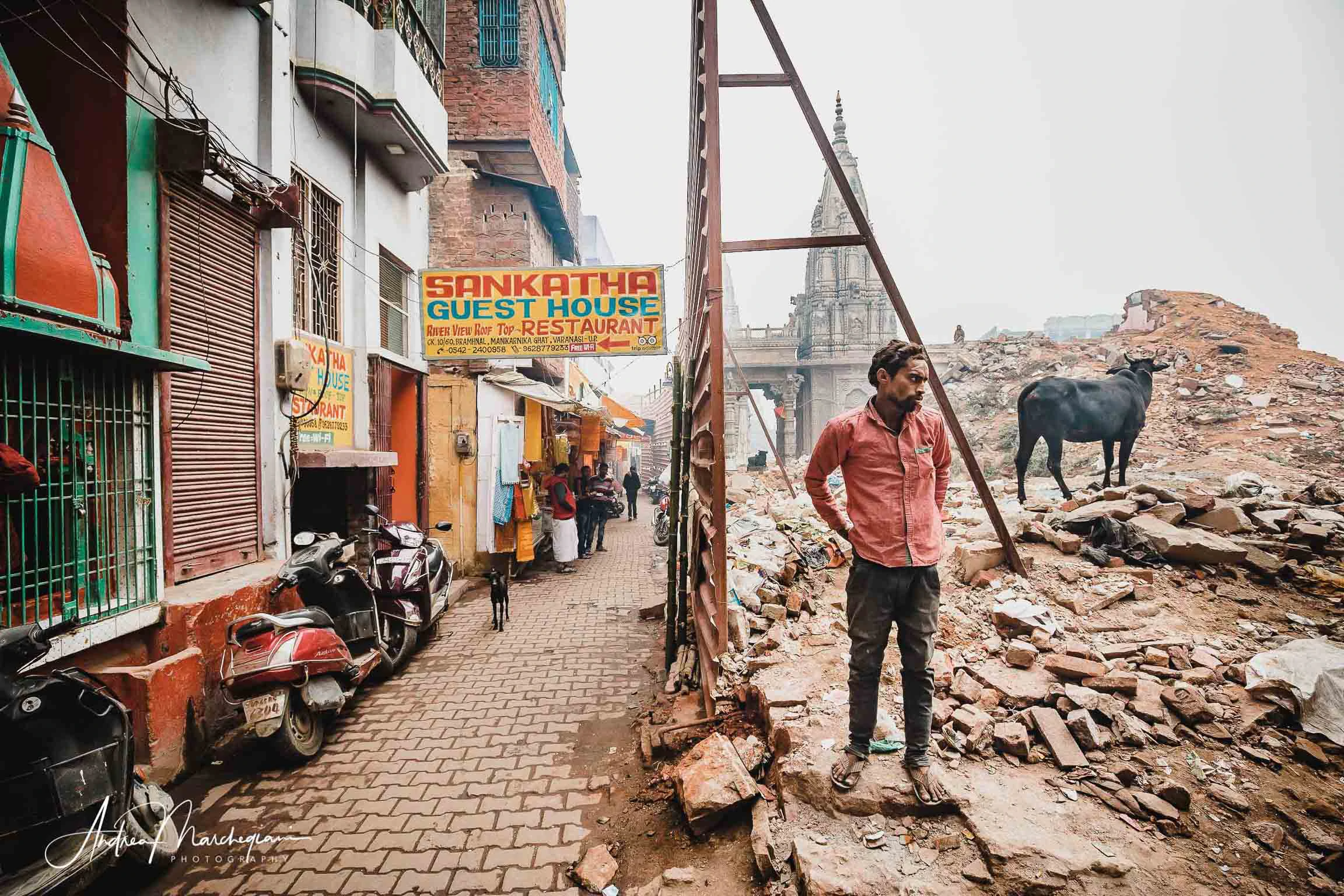
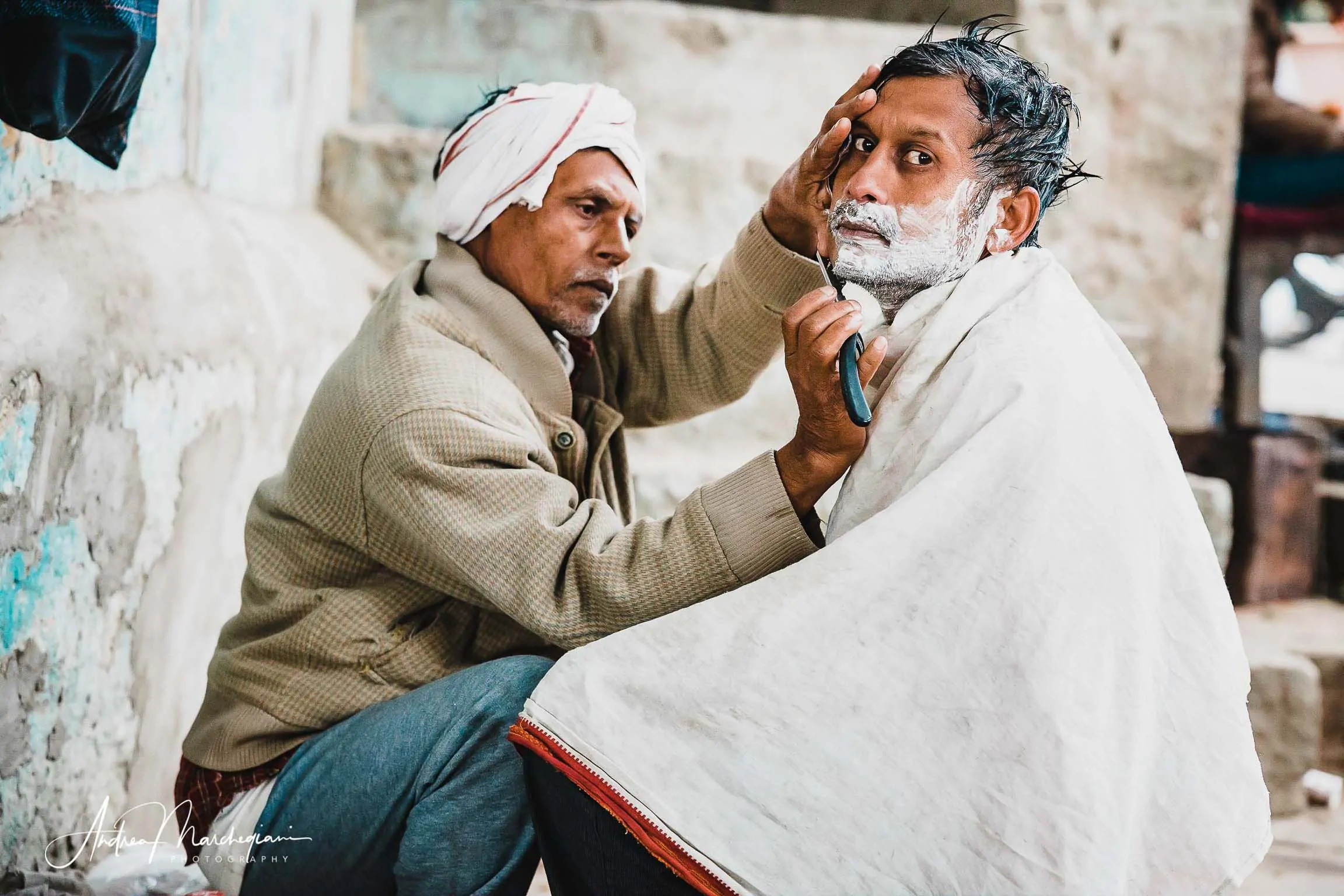
Color or Black and white
A photo converted to black and white often appears more elegant than a color one. It acquires an unprecedented solemnity and seems to tell us universal themes rather than specific and circumstantial events.
For this reason, black and white has always been widely used in Street Photography.
When selecting images from a photo session, we are often amazed by random shots that appear meticulously planned and manage to explore deep themes such as the solitude of an individual immersed in an anonymous crowd, the human fragility hidden behind certain consumerist distractions, and the social injustices of the society we live in.
There are images that truly seem to be made for black and white, but let’s be careful not to overdo it. A poorly taken shot does not deserve to be polished, and photography enthusiasts often convert to black and white images which should simply be discarded.
Let’s not underestimate the infinite expressive possibilities of color either. Its language, characterized by references and contrasts, is very complex and stimulating. Even if we are not aware of it, color speaks to our subconscious and influences our preferences. Study color theory, the meaning different shades assume in various societies, and you will start paying attention to the color of objects and how they relate to each other.
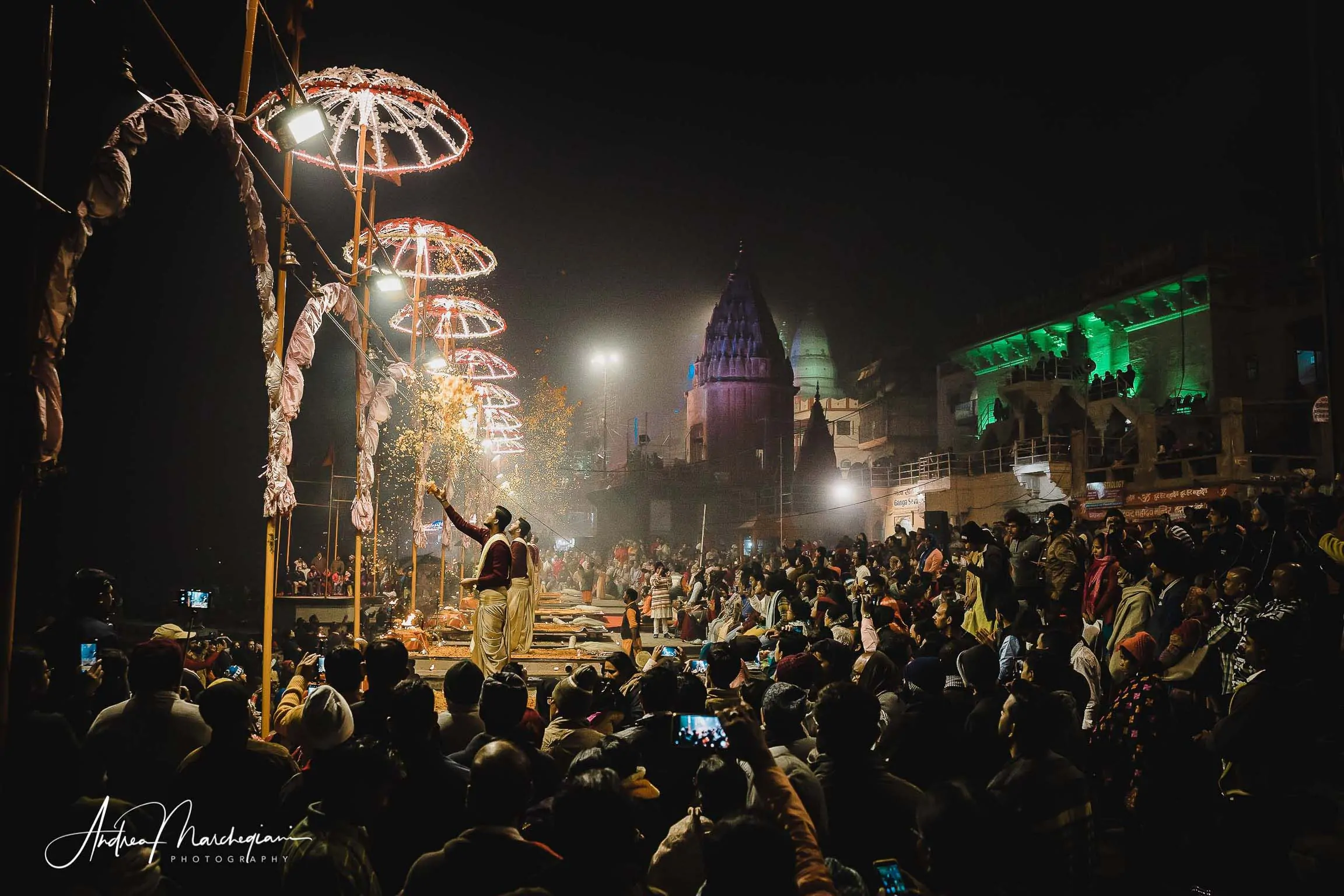
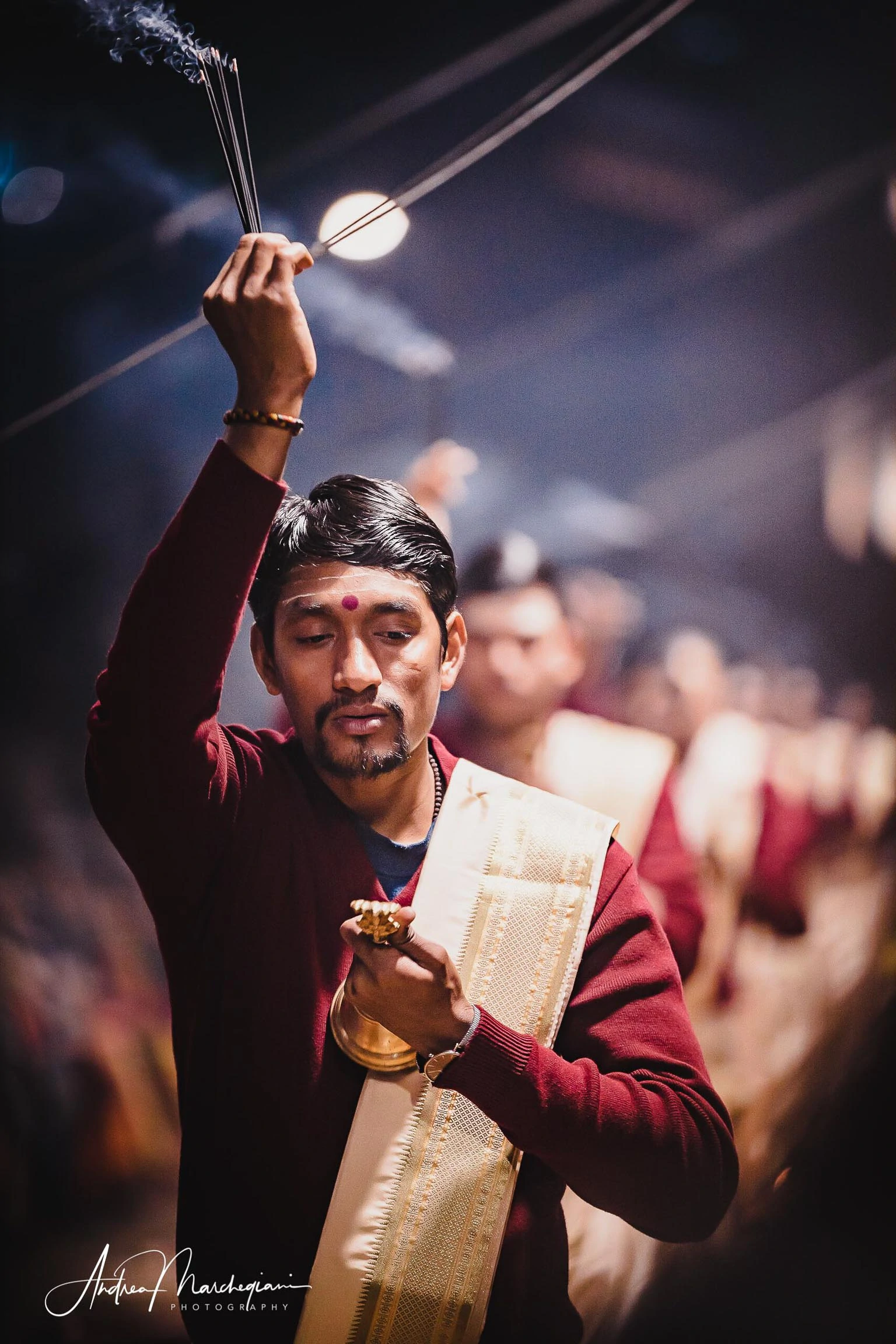
Develop your style
While exploring your city or the streets of the world, you will undoubtedly be drawn to local markets, neighborhood graffiti, the flow of people in the subway, and the brightly lit windows of trendy shops. You will soon realize that a strong beam of light can isolate an element of the urban fabric, making it an ideal subject for a high-impact photo, and that street signs make excellent subjects for abstract photographs. You may find yourself in the midst of a street protest or a carnival parade, or be captivated by the beauty of raindrops on a window. Over time, you will discover recurring themes and be able to select photos taken in different moments and cities and group them by thematic areas.
But what you really need to pay attention to in order to develop a personal and distinctive style is the mood that drives you to take photos. What stirs inside you when you engage with the world? Are you interested in the contradictions of consumer society? Do you want to cast an ironic and sarcastic gaze? Martin Parr has had a very successful career highlighting the grotesque element of everyday behaviors using fill flash. Or do you have a more melancholic temperament, where the moods of people guide your inner compass? Vivian Maier took thousands of photos, never showing them to anyone, as a way to alleviate her own loneliness by capturing the lives of others.
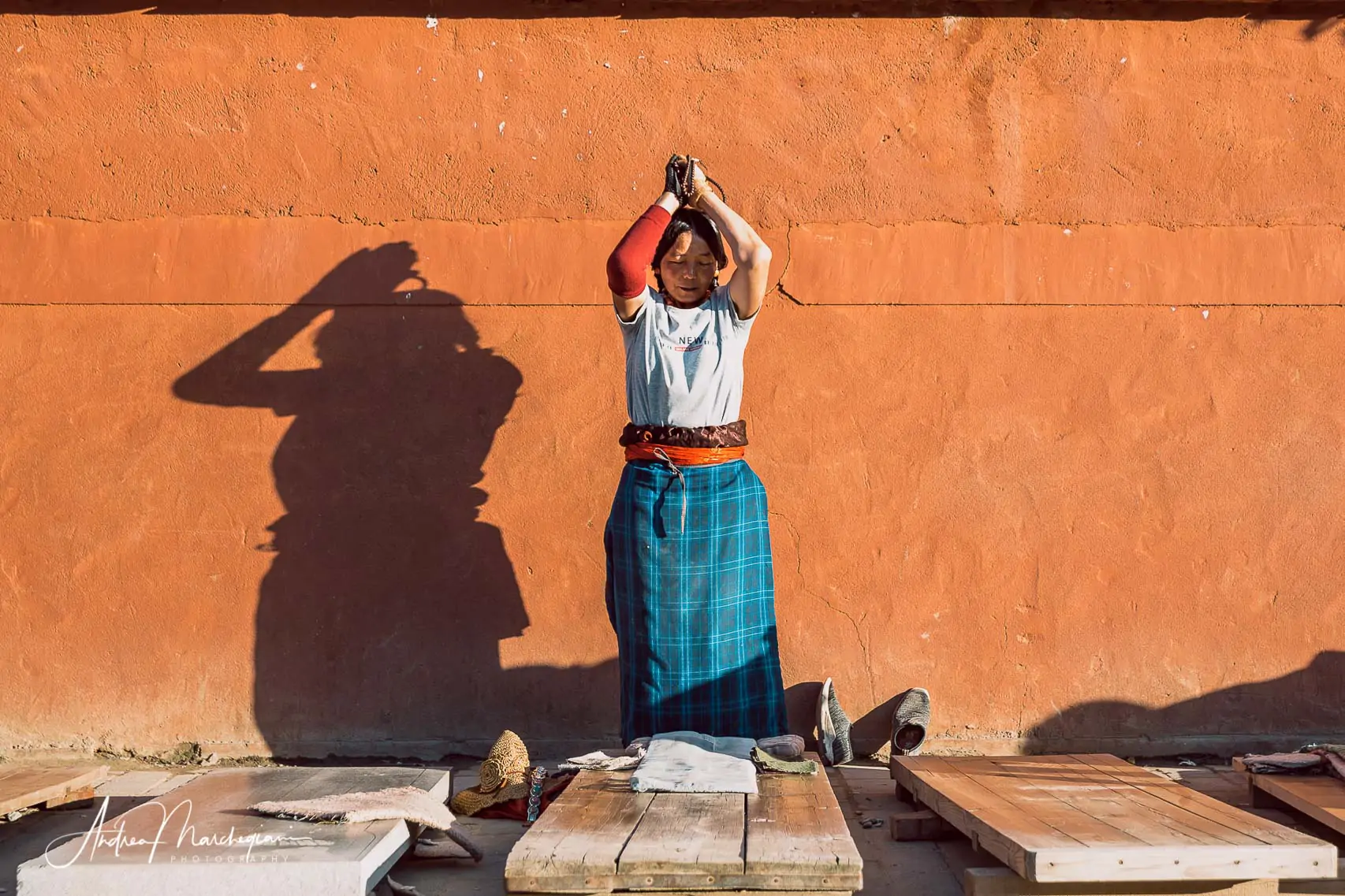
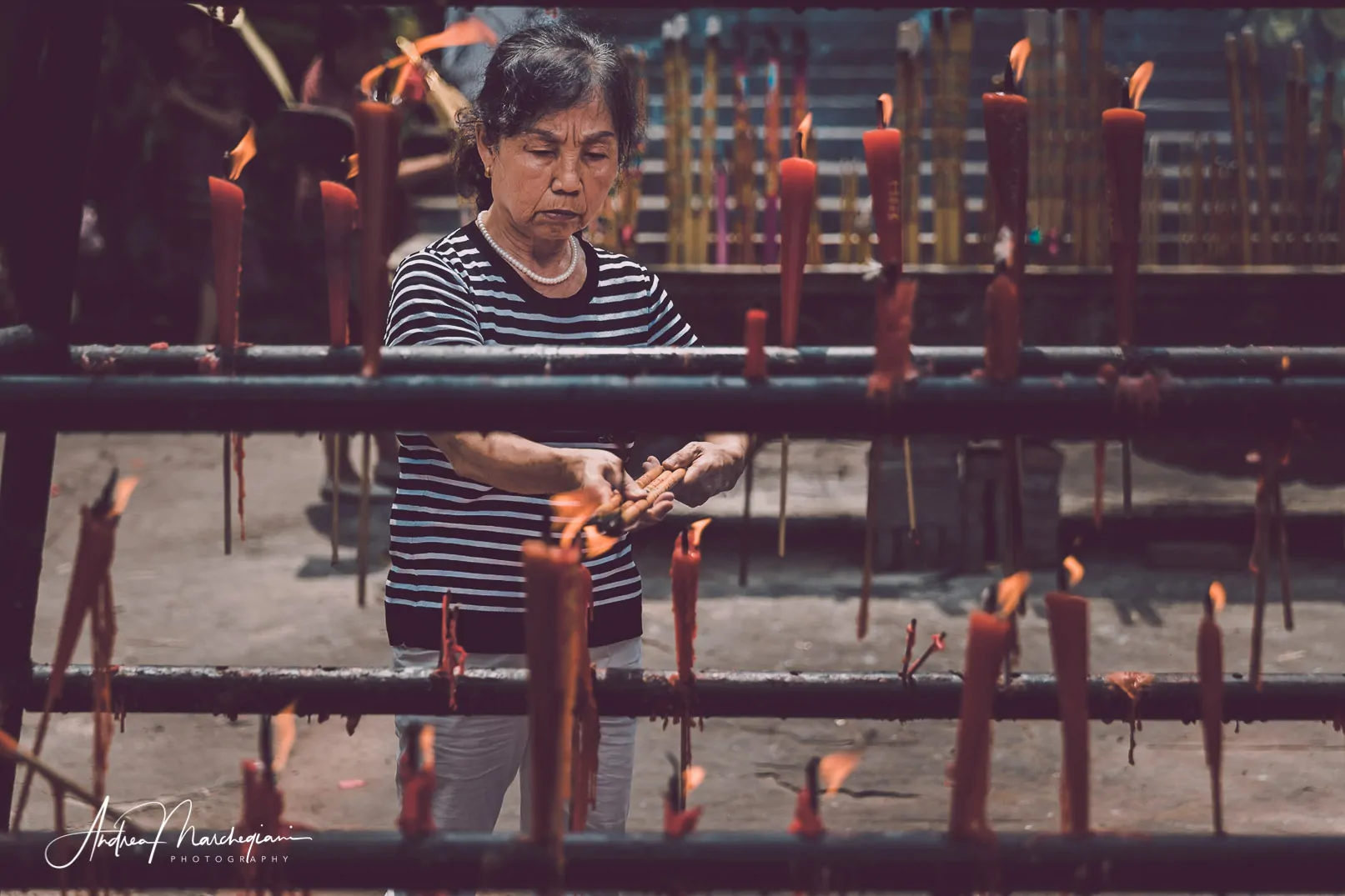
Street Photography for a travel photographer
When I started traveling, I didn’t know what I would photograph. It was only over the years that I realized I photograph out of an existential need for connection with others. When I take pictures, I don’t hide or try to steal shots at all costs. If I photograph someone without being noticed, I approach them afterwards and show them the result. If the person feels violated in their privacy, I apologize and delete the memory card. Every subject I encounter is a kindred soul to me: I wonder what they think about their own life, if they are happy or dissatisfied, if they are alone or if their life is filled with love. These are the same questions I ask myself, and I’m interested in the answers others give, especially if they are culturally and socially distant from me. My motto is “Any Place is Home” because truly every place, even the most inhospitable, is someone’s home, a hearth where they live with people they are connected to by feelings of affection and love. It’s a powerful thought that gives me hope for the future of humanity.
However, if you feel the need to make yourselves invisible, there are many strategies to take photos more or less undisturbed: for example, shoot without looking through the viewfinder, using the tiltable display instead; stop in a corner pretending to be busy, while actually waiting for an interesting moment to happen; avoid eye contact with those around you, pretend to frame a distant panorama and then zoom in on a passerby.
Whatever your approach, please, be respectful. I have seen photographers behave without restraint towards farmers working in the fields, or harass homeless people lying on the roadside begging not to be photographed. Personally, I find it repugnant as well as unnecessary. Remember that we do not have the right to sell photographs without a signed release, so a photo obtained rudely will only remain a bad memory of your trip.
Shoot for yourselves and do it with love: that is the true secret to making your work precious.
